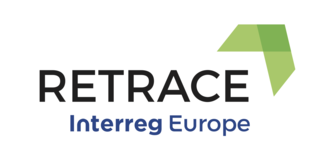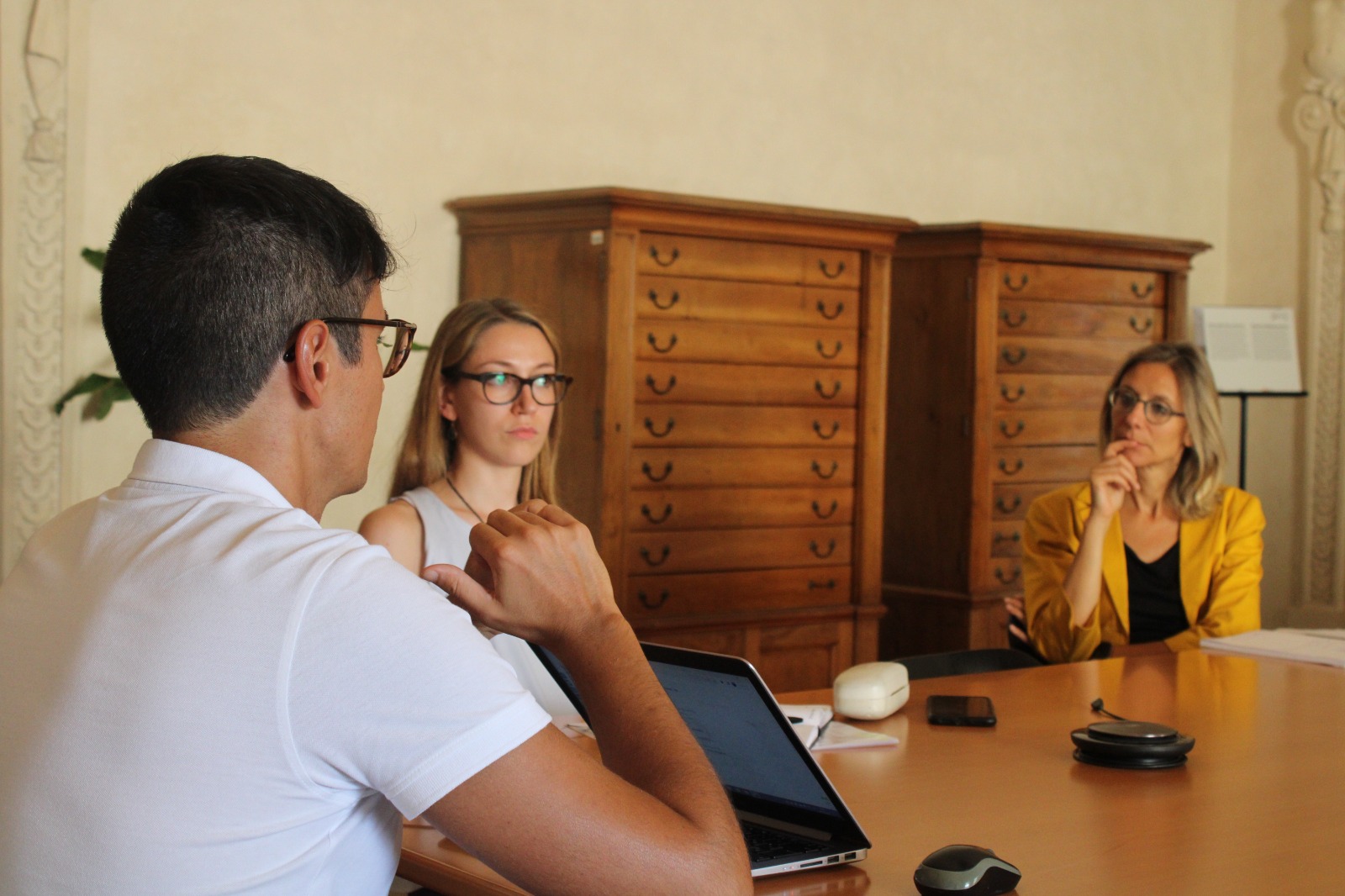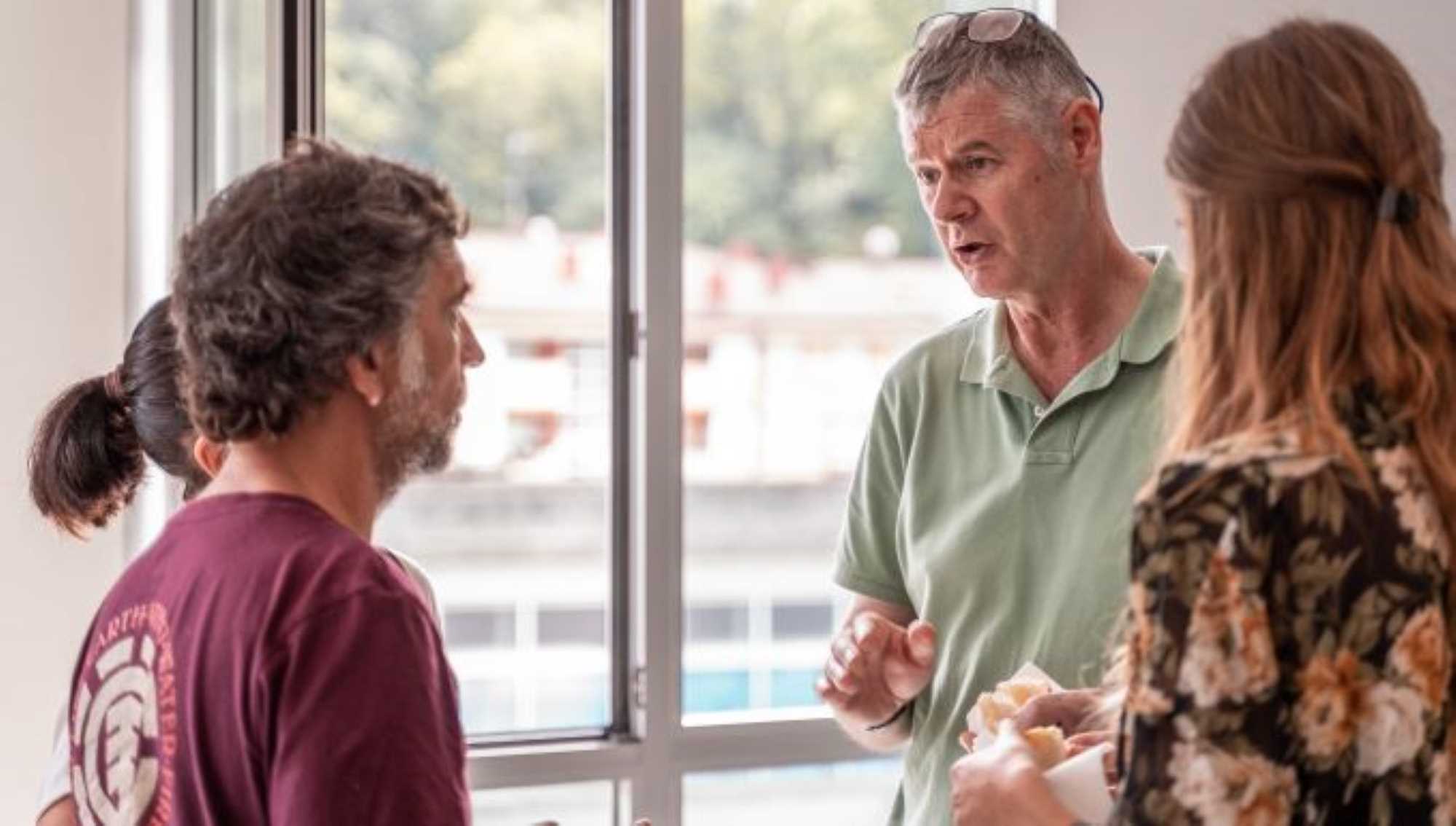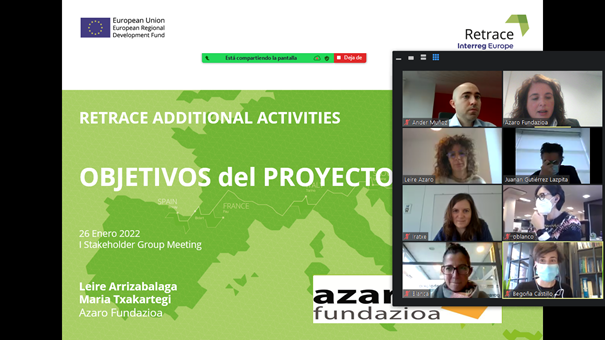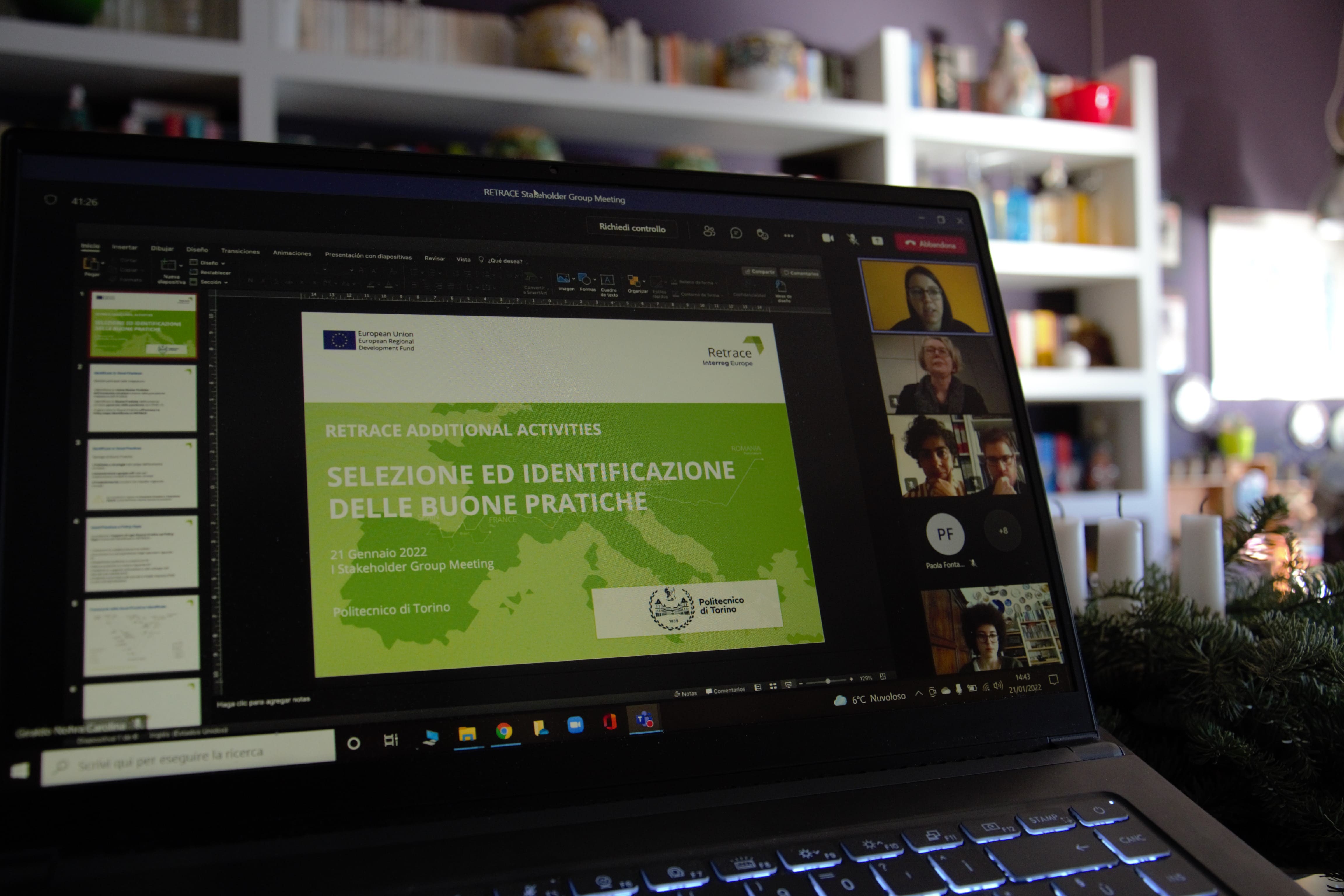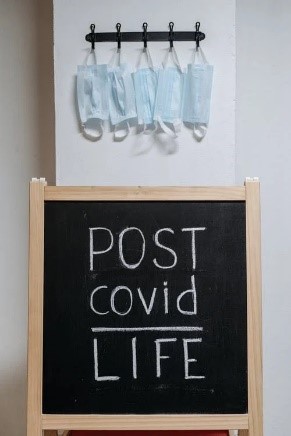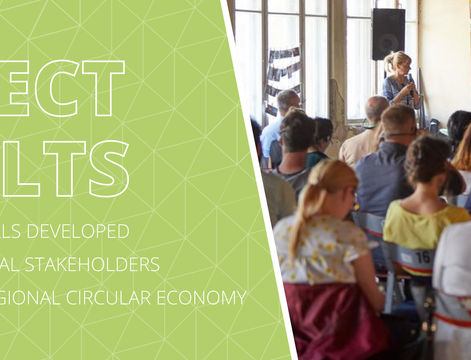this article one GP assigned for the forth Policy Gap (Tailored policy regulations on CE) is presented.
Policy Gaps 4 – Tailored policy regulations on CE
Even though Circular Economy is a transversal topic in many funding schemes throughout Europe, the need to create tailored policy measures and calls clearly emerges in the analysis.
Contribution of RETRACE Good Practice:
This one offers a good example of policies explicitly tailored on promoting circular economy; it can be a valuable source of inspiration for designing further circular-friendly actions, within the current or the future legislative, regulatory and policy frameworks.
Good Practice Example: Better Future Factory
Better Future Factory is an organisation and incubator born from a group of engineers and designers to support collaborative innovation, social design and sustainable start-ups. The waste streams are redesigned and transformed into resources, applying a systemic design approach, thanks to the engagement and the participation of entrepreneurs with high technical knowledge.
Plastic is the crucial material they focus on, which is turned into innovative, valuable solutions such as 3D printer filament from old car dashboards.
To create new objects with recycled plastic, Better Future Factory designed a mobile recycling station that enables to 3D-print several objects using as a raw material a plastic filament extruded from the waste plastic. The mobile recycling station can be easily moved and installed during events.
The aim of this good practice is to find small scale sustainable solutions for waste recycling and promoting a circular economy approach to design and co-create with consumers. The most substantial evidence of success is probably, the Perpetual Plastic project, which took part in 28 events with the involvement of about 255.000 people and several cups shredded of about 490.866.000 units. Additionally, it proves to be particularly interesting for its educational feature: through learning by doing, users become truly aware not only of the problems but also of the possible solutions that could be implemented. In this perspective, Perpetual Plastics represent an example of how a circular economy approach could combine engineering and design competencies to develop sustainable projects on a small scale.
